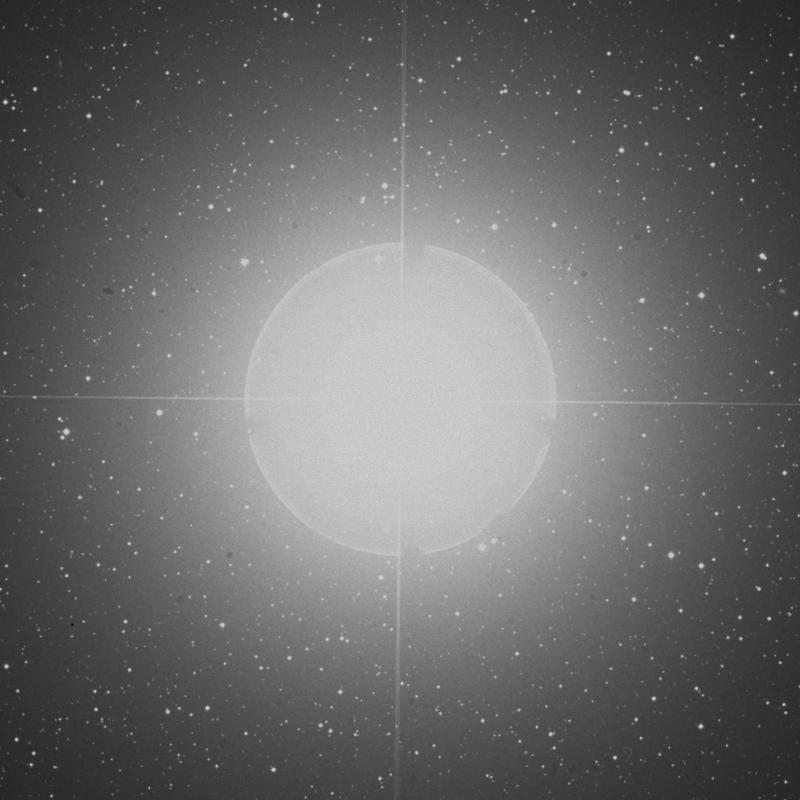Vega - α Lyrae (alpha Lyrae)
Vega, also designated as α Lyrae (alpha Lyrae), is a variable and multiple hypergiant star of spectral class A0 in the constellation of Lyra.
Vega visual magnitude is 0.03, making it the 5th brightest star in the sky. Because of its brightness, Vega is clearly visible to the naked eye when observed from locations with dark skies, and should be also quite easily visible from light polluted areas.

Celestial Coordinates
Apparent
J2000
Galactic Coordinates
Finder Chart

Magnitude, Color, Spectral Class
The red dot in the diagram below shows where Vega is situated in the Hertzsprung–Russell diagram.

Star System Properties
Vega is a visual double star which can be observed only with the help of very large telescopes. The table below shows key information about the Vega double sysyem:
Distance, Radial Speed, Proper Motion
Vega is distant 25.29 light years from the Sun and it is moving towards the Sun at the speed of 14 kilometers per second.
Alternative Designations
Visibility from Your Location
Today's Vega - α Lyrae (alpha Lyrae) rise, transit and set times from Masindi, Uganda are the following (all times relative to the local timezone Africa/Kampala):









